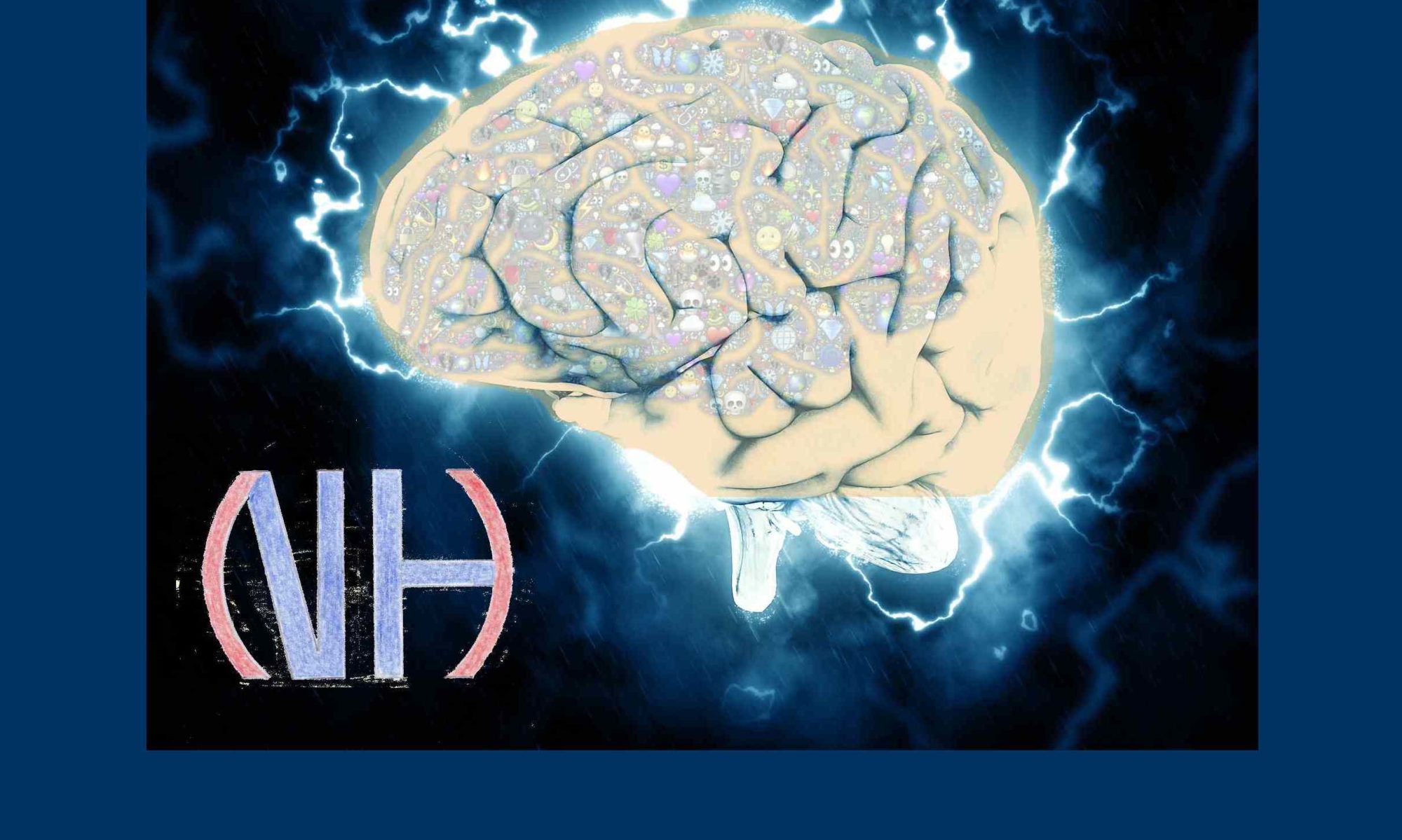WHAT
Today, you do your shopping. You know what you will buy.
Today, you do your shopping. They know what they are going to sell you!
WHY
Actually and generally speaking, if companies try to sell you services or tools, we can think that, in a way, they are useful to you, which means that they meet one of your needs. Thus it seems fair to you to pay them back. It is just about an exchange. Besides; we all know the social benefactions of having local shopkeepers, as a good shopkeeper is someone who maintains good relations with his customers, which really tries to answer their needs, not necessarily in a business logic: the efficiency of his business is finally a side effect of his natural altruism.
In this context appeared what we call the “marketing” science (“marketing” literally means “to merchandize”, “to make saleable”). The practical objective of this discipline is to optimize the sale of products or services of a company. It stands out in two sub-domains: analyzing the needs of the potential customers at first, and then managing to sell them the product or the service of the company that is supposed to meet the need.

The last evolutions of marketing designed what we call the neuro-marketing. This term was invented by the researcher in neurosciences called Read Montague. This term means the application to the marketing of the acquired knowledge in the field of neurosciences. Briefly, neuro-marketing does not try to sell products to your person, but to your brain.
HOW
Nowadays, we actually know that the perception we have of the world takes more after an intellectual construction than after a direct knowledge acquired by our senses. As an example, we know that nine on the ten neural connections binding the eye to the brain are used to send information from the brain to the eye. Only the one remaining is used to push the eye information to the brain1.
But if the customer isn’t your person anymore, but your brain. What does it mean? It means many things … If we call back the both sub-domains of marketing that we defined above, the neuro-marketing tries at first to identify the needs of your brain, and then to sell to it services or products. The needs of your brain are scientifically defined, no more by trying to know how live, but by categorizing you (with your age, your sex, your social memberships …), and then they try to meet them by “packaging” the product or service. Roughly, in neuro-marketing, your real need completely disappears, and it is not something concrete that is sold to you, but an image that was forged for your brain.
The marketing in itself is only a tool, neither good nor bad. It can cleverly make you discover a very good product (which can really improve your life) or urge you to buy some shit (addicting, dangerous material, etc.). The ethical question is situated after the marketing part.
WHAT CAN BE DONE WITH IT
As an example, Read Montague and his team showed in one of their studies that if, in blind test, consumers preferred Pepsi to Coke, they would prefer consuming the Coke when they see the product2. All the power of neuro-marketing is illustrated here.
In brief, because they say that your worst enemy is yourself, please, make sure that’s you and not your brain who’s buying products when you go shopping!
Today, you do your shopping. They know what they will sell to you. Today, you do your shopping. You know what you are going to buy!
Notes
1■ Idriss Aberkane, « Libérez votre cerveau », Ed. Robert Laffont, 2017, p.67.
Go deeper






 The kind of stuff i like to share on our
The kind of stuff i like to share on our 
 Specimens which we could soon cross in the street…
Specimens which we could soon cross in the street…

